Candid photography captures raw emotions and unfiltered moments, making it one of the most compelling photography styles. Unlike posed shots, candid images convey authenticity, telling a story through natural expressions and real-life scenarios. In this guide, you’ll learn how to master the art of candid photography with essential techniques, camera settings, composition tips, and post-processing methods.
1. Understanding Candid Photography
What is Candid Photography?
Candid photography involves capturing people or scenes naturally without interference. The goal is to document spontaneous moments without subjects feeling conscious of the camera.
Why Candid Photography Stands Out
- Authenticity – Real emotions and unfiltered interactions
- Storytelling – Each frame narrates a compelling moment
- Timeless Appeal – Unstaged shots often create lasting impressions
Best Scenarios for Candid Photography
- Street photography
- Events and gatherings
- Weddings and celebrations
- Documentary photography
- Wildlife and nature

2. Essential Equipment for Candid Photography
Choosing the Right Camera
While any camera can capture candid shots, some models perform better due to their speed and discretion. Recommended options include:
- Mirrorless Cameras – Lightweight and silent
- DSLRs with Silent Shutter Mode – Ideal for capturing moments unnoticed
- Compact Cameras & Smartphones – Convenient for everyday candid photography
Best Lenses for Candid Photography
- 50mm Prime Lens – Excellent for portraits and street photography
- 24-70mm Zoom Lens – Versatile for dynamic scenes
- 70-200mm Telephoto Lens – Captures moments from a distance
Accessories to Enhance Candid Shots
- Tripod for stability (if shooting stationary candid moments)
- Reflectors for natural lighting adjustments
- ND Filters to manage exposure in bright environments
3. Mastering Camera Settings for Candid Photography
Best Settings for Capturing Candid Moments
- Shutter Speed: Fast (1/250s or higher) to freeze action
- Aperture: Wide (f/2.8–f/5.6) for subject-background separation
- ISO: Adjust based on lighting conditions
- Autofocus Mode: Use Continuous AF (AI Servo for Canon, AF-C for Nikon/Sony)
Shooting in RAW vs. JPEG
- RAW – Provides flexibility in post-processing
- JPEG – Faster and more storage-efficient
4. Techniques to Capture Stunning Candid Photos
1. Blend into the Environment
Avoid standing out—dress accordingly and move naturally to prevent disrupting the moment.
2. Shoot from the Hip
Instead of looking through the viewfinder, hold the camera at waist level to capture discreet shots.
3. Use Burst Mode
Enable continuous shooting mode to capture multiple frames quickly, increasing the chances of getting the perfect shot.
4. Frame the Scene Creatively
Use surrounding objects like doorways, windows, or trees to create depth and a natural frame.
5. Capture Emotion and Movement
Candid photography thrives on genuine expressions and dynamic gestures. Look for laughter, eye contact, or physical interactions.

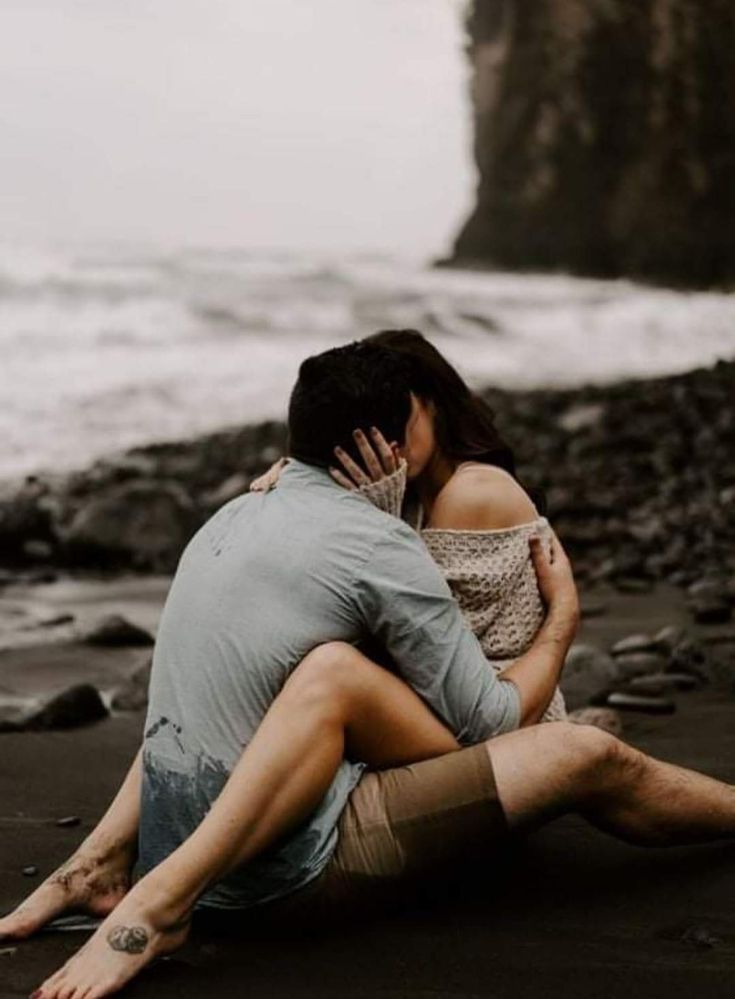

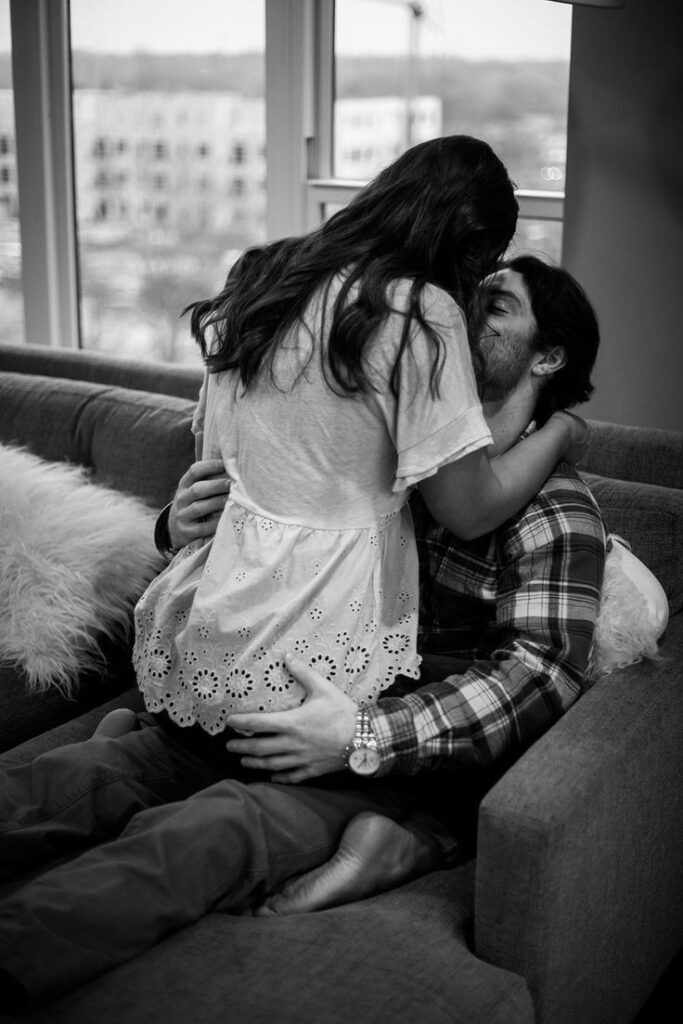


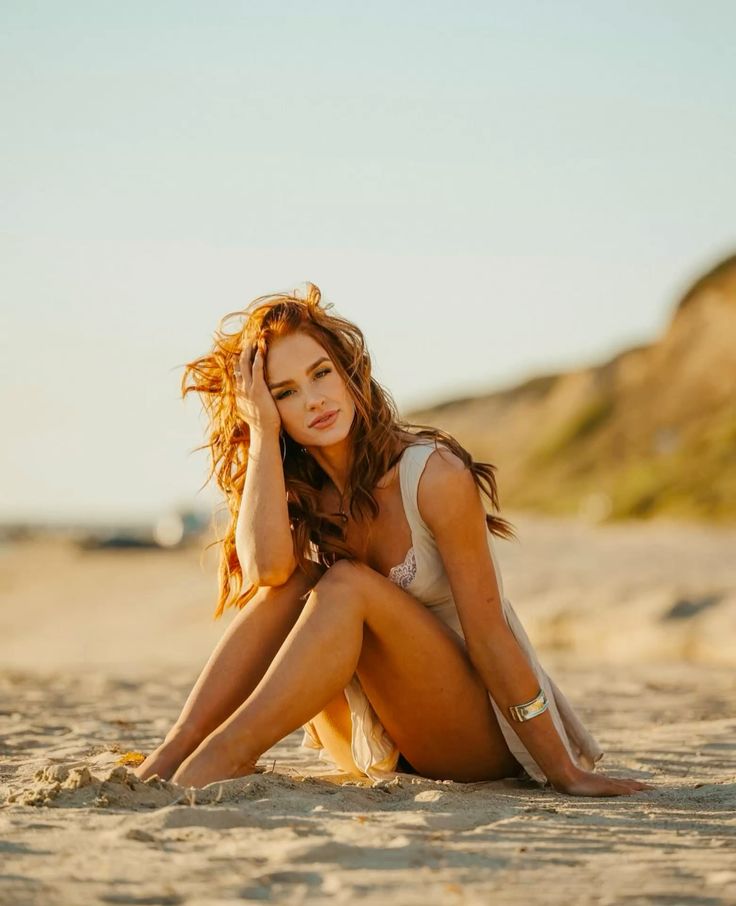

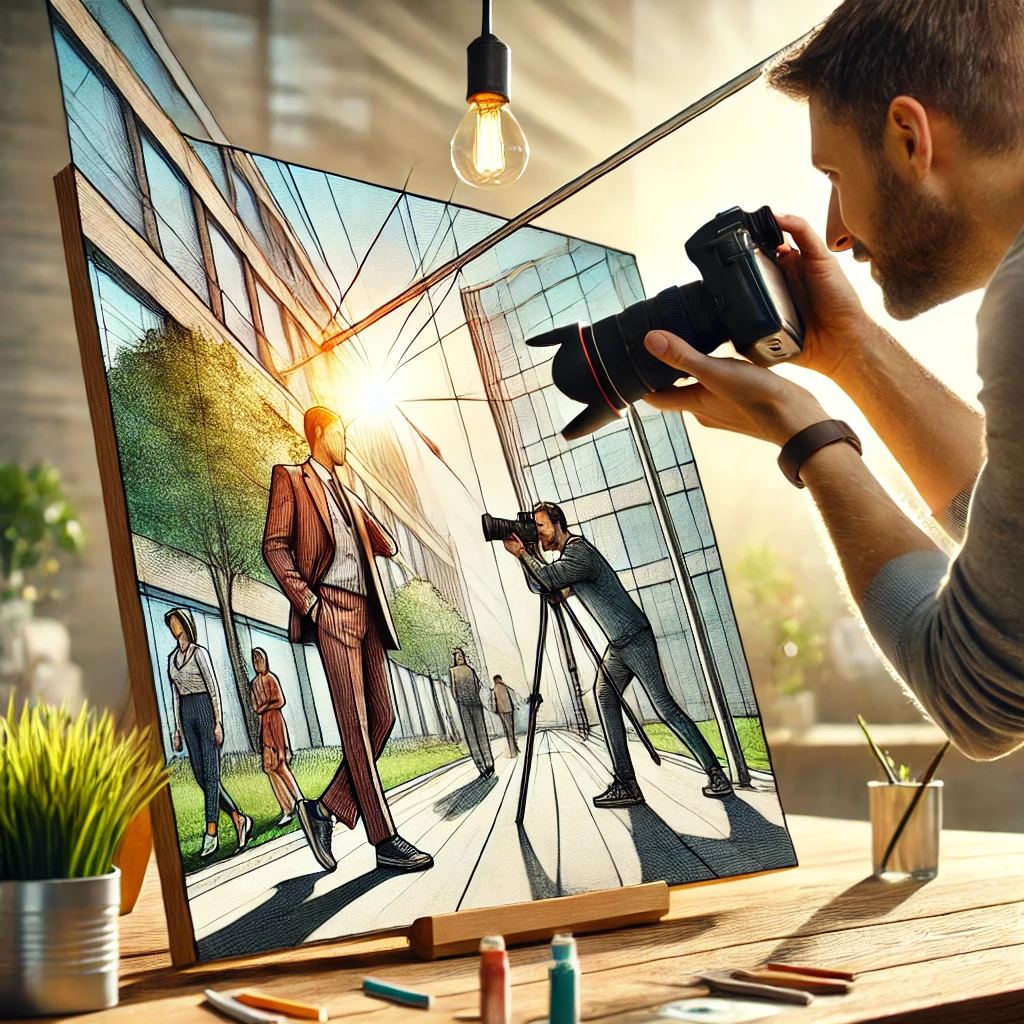
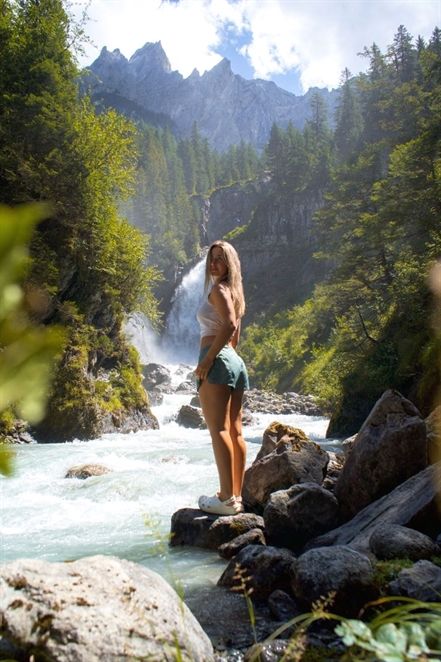
5. The Role of Lighting in Candid Photography
Natural vs. Artificial Light
- Golden Hour (Sunrise & Sunset): Soft and flattering light
- Harsh Noon Light: Use shaded areas or backlight techniques
- Low-Light Environments: Utilize ambient lighting from street lamps or candles
Using Shadows to Your Advantage
Shadows add drama and depth—experiment with silhouettes for unique compositions.
6. Composition Techniques for Candid Photography
The Rule of Thirds
Position your subject along imaginary gridlines to create a balanced composition.
Leading Lines
Use roads, fences, or pathways to guide the viewer’s eye toward the subject.
Framing Within a Frame
Capture subjects through windows, arches, or natural openings to enhance depth.
Negative Space for Emphasis
A minimalist background draws more attention to the subject, making emotions more profound.
7. Post-Processing Candid Shots
Enhancing the Mood Without Overprocessing
- Adjust Contrast & Exposure: Make colors pop without unnatural effects
- Crop for Better Composition: Refine framing while maintaining spontaneity
- Convert to Black & White: Adds timelessness and artistic depth
Best Editing Tools for Candid Photography
- Adobe Lightroom – Detailed color grading
- Snapseed – Mobile-friendly editing
- VSCO – Film-like filters for a natural aesthetic
8. Overcoming Challenges in Candid Photography
Handling Unwanted Attention
If people notice your camera, smile and keep moving to reduce discomfort.
Dealing with Blurry Shots
- Increase shutter speed
- Use image stabilization
- Maintain a steady grip or use a tripod
Legal & Ethical Considerations
- Always respect privacy laws
- Ask for permission if required
- Avoid photographing sensitive subjects without consent
9. How to Practice and Improve Candid Photography
Daily Photo Walks
Explore different environments and challenge yourself to capture fleeting moments.
Experiment with Different Angles
Shoot from above, below, or unexpected perspectives for unique results.
Study the Masters of Candid Photography
Learn from legends like Henri Cartier-Bresson and Steve McCurry.
Join Photography Groups
Engage in communities, participate in challenges, and receive constructive feedback.
Conclusion
Candid photography is an art that requires patience, observation, and quick reflexes. By mastering camera settings, composition techniques, and lighting principles, you can capture unforgettable moments that tell compelling stories.
Start practicing today, and soon, you’ll master the art of candid photography with confidence!

Sony Alpha a7 IV: The Ultimate Camera for Photography

Nikon Z5 Review: Is It Worth It?
-

Nikon Z9 : Game-Changer for Photography
-

Top Features of Nikon D850 That Make It Ideal for Portfolio Shoots
Sony Alpha a7 IV: The Ultimate Camera for Photography
Explore the Sony Alpha a7 IV in this complete 2025 review. Learn how its pro-level features, real-world performance, and hybrid flexibility make it the ultimate camera for photography across genres like portraits, weddings, travel, and commercial work. Table of Contents Section 1: Introduction – Why the Sony Alpha a7 IV Stands Out The Sony Alpha…
Nikon Z5 Review: Is It Worth It?
In 2025, photographers—whether hobbyists, content creators, or professionals—seek equipment that blends value, performance, and future-readiness. Enter the Nikon Z5, a full-frame mirrorless camera marketed as a gateway to high-end imaging without a flagship price tag. But how well does it hold up under real-world demands like studio shoots, weddings, landscape adventures, and lifestyle photography? In…
Nikon Z9 : Game-Changer for Photography
Discover why the Nikon Z9 is considered a true game-changer for photography. This in-depth Nikon Z9 review explores key features, real-world performance, and how it excels in professional photo shoots in 2025. Table of Contents 1. Introduction The photography world witnessed a significant shift with the launch of the Nikon Z9, a flagship mirrorless camera…
Top Features of Nikon D850 That Make It Ideal for Portfolio Shoots
Discover why the Nikon D850 is the ultimate DSLR for portfolio shoots. Explore its top features—from resolution and dynamic range to autofocus precision and workflow speed—that help photographers create stunning, high-impact images for professional portfolios. Whether you’re a portrait artist, fashion photographer, or visual storyteller, a portfolio shoot demands technical excellence, creative flexibility, and uncompromised…
Candid Moments with Canon EOS R10: Lightweight & Reliable
In the evolving world of mirrorless photography, the Canon EOS R10 stands out as a lightweight yet powerful camera tailored for real-life storytelling. Whether you’re photographing street scenes, family gatherings, weddings, or spontaneous portraits, capturing genuine emotion requires a responsive and discreet tool. This article dives deep into how the Canon EOS R10 excels in…
Bold Portraits with Canon EOS R5: Is It the Best for Work?
Studio photography has always demanded precision, artistry, and impeccable gear. As the expectations for commercial portraits, fashion campaigns, and editorial work continue to rise, the tools we use must evolve. Enter the Canon EOS R5, a camera that has stirred the professional waters with its impressive technical specs and forward-thinking design. In this comprehensive Canon…

